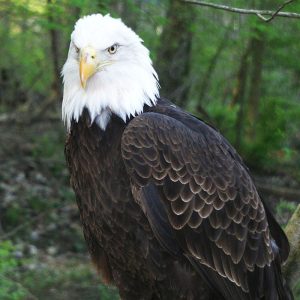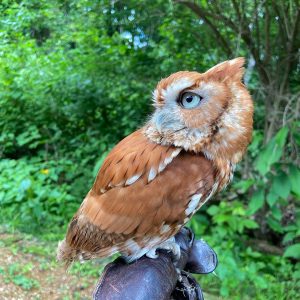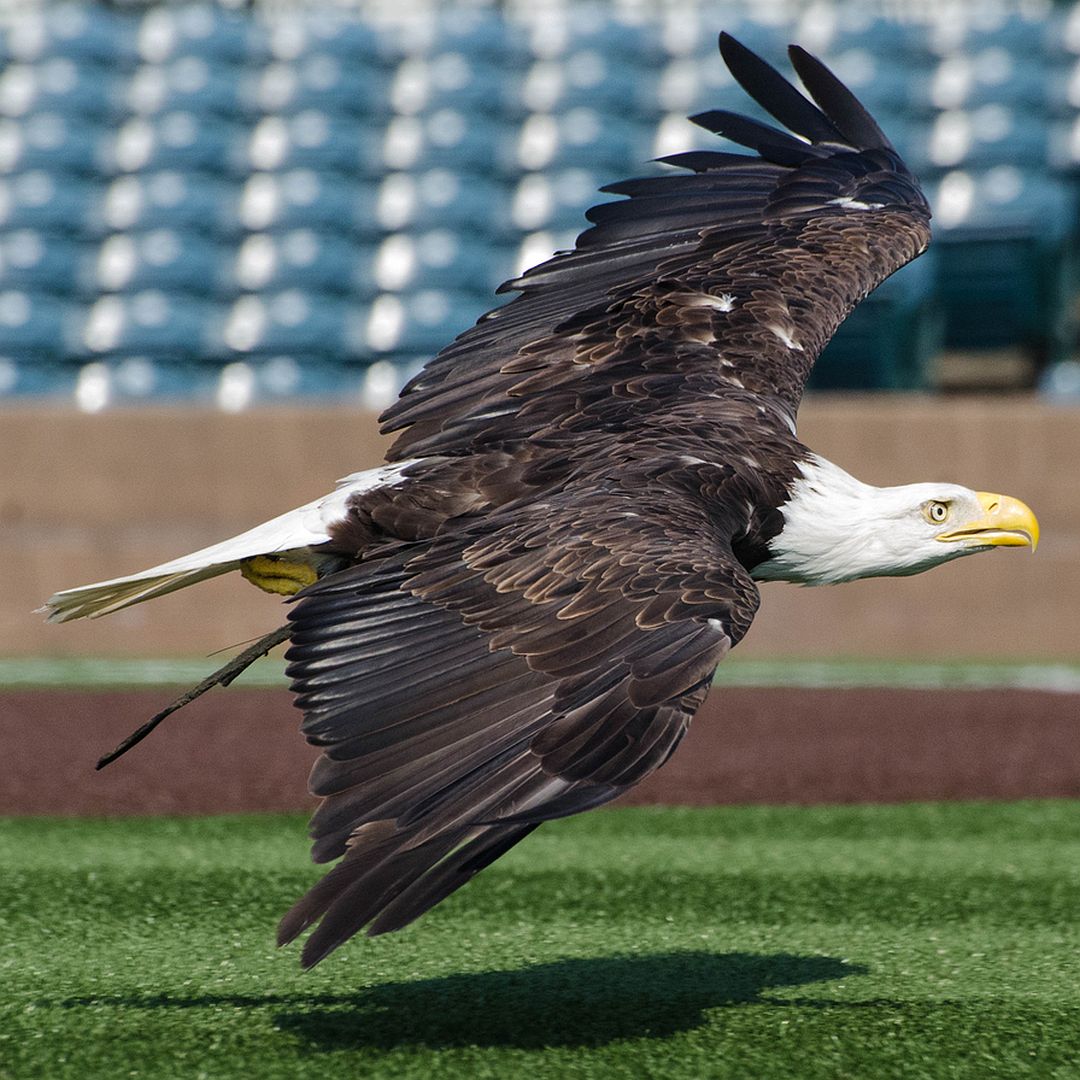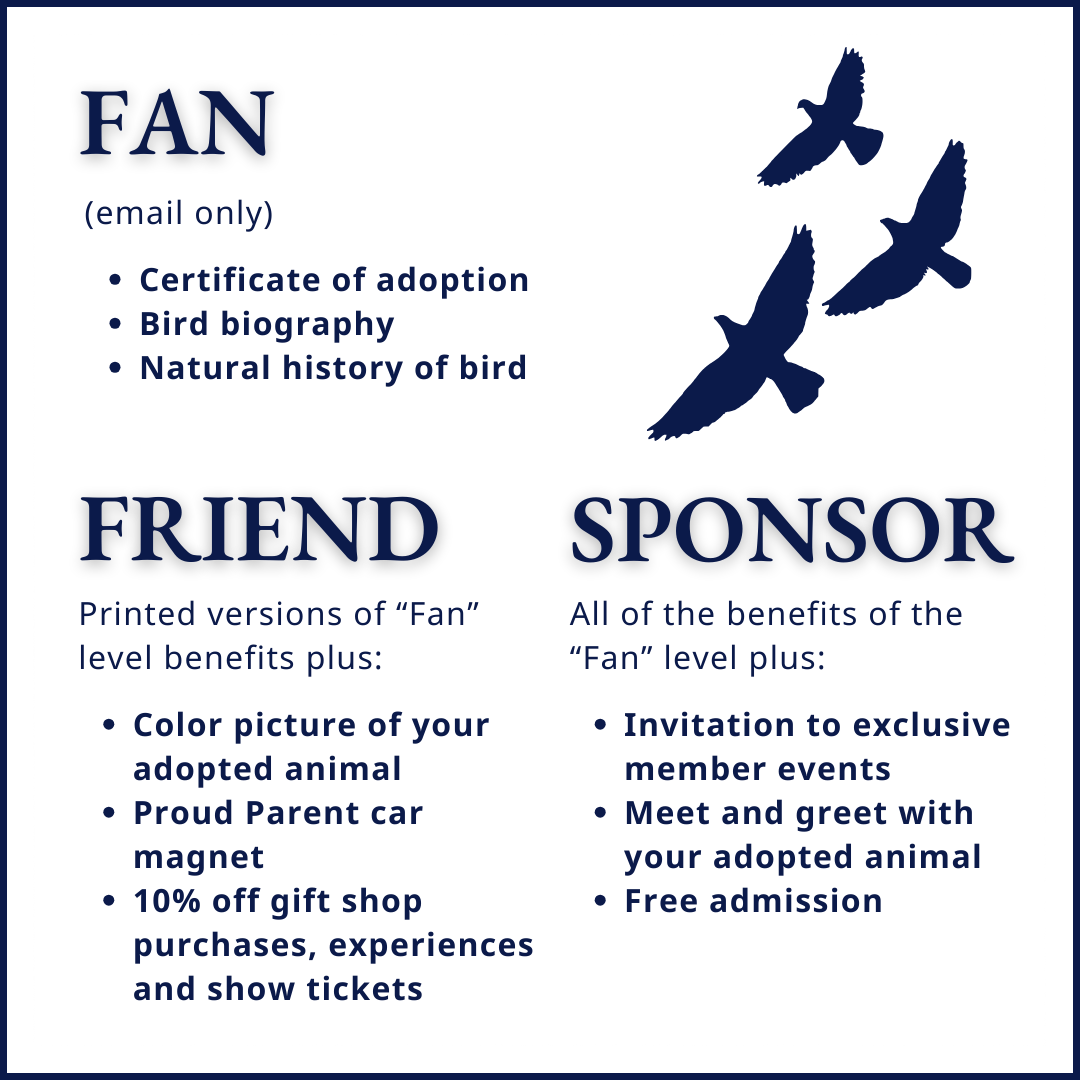Bald Eagle – Clark
Clark was hatched at World Bird Sanctuary’s conservation department when we were breeding the then endangered Bald Eagles for release into the wild. While all of Clark’s siblings were successfully released into the wild, Clark was hatched with scale deformities on his feet. The deformities meant that Clark’s feet would not be properly protected from the cold during the winter, and he would suffer from things like frostbite and loss of toes. Since Clark is non-releasable, he joined our Eagle Flight Team. Clark started his flight training at a young age, and after months of intensive training, he was ready to begin his career as one of our flying ambassadors.
$29.00 – $129.00
Description
HATCH YEAR: 2002
FUN FACTS ABOUT CLARK
- Clark is currently one of only four Bald Eagles who travel to fly at different venues throughout the United States.
- He began flying at St. Louis Cardinals’ baseball games to the cheers of thousands of fans for the National Anthem. Clark has since flown for numerous high profile events such as The Horatio Alger Association, the Chicago Bears, and Boeing’s annual event.
SPECIES FACTS
Scientific Name:
- Haliaeetus leucocephalus. Latin and Greek origin meaning “white-headed sea eagle.”
Distribution:
- Canada and United States.
Habitat:
- Typically nest in forested areas adjacent to large bodies of water, staying away from heavily developed areas when possible.
- During winter migration, they congregate near open water in tall trees for spotting prey and night roosts for sheltering.
Diet:
- Fish (common examples include salmon, herring, shad, and catfish), but these birds eat a wide variety of foods depending on what’s available like carrion, waterfowl and mammals.
- Bald Eagles frequently harass birds including Ospreys and other eagles to steal their food. Have also been known to pirate fish from fishing vessels.
Behavior:
- Sometimes found in large numbers during winter feeding.
- Nesting time is during February. One to three eggs will be laid per year.
- Bald Eagles are powerful fliers—soaring, gliding, and flapping over long distances. They have been recorded flying at 35-43 mph.
- Build some of the largest bird nests — typically 5 to 6 feet in diameter and 2 to 4 feet tall and can take up to 3 months to build. They typically use the same nest year after year, building onto and repairing it as needed. The largest nest ever recorded was in Florida and was 20 feet deep and 9.5 feet across. It weighed 2.7 metric tons!
Identification:
- The term “bald” originated from the old English word “balde” meaning white. However, Bald Eagles do not have a fully white head and tail until 4 to 5 years old.
- Their body feathers are brown and feet and bill are bright yellow.
Additional information
| Adoption Level | Fan, Friend, Sponsor |
|---|
Related products
-

Bald Eagle – Patriot
$29.00 – $129.00 Select options This product has multiple variants. The options may be chosen on the product page -

Eastern Screech Owl – Bruno
$29.00 – $129.00 Select options This product has multiple variants. The options may be chosen on the product page




